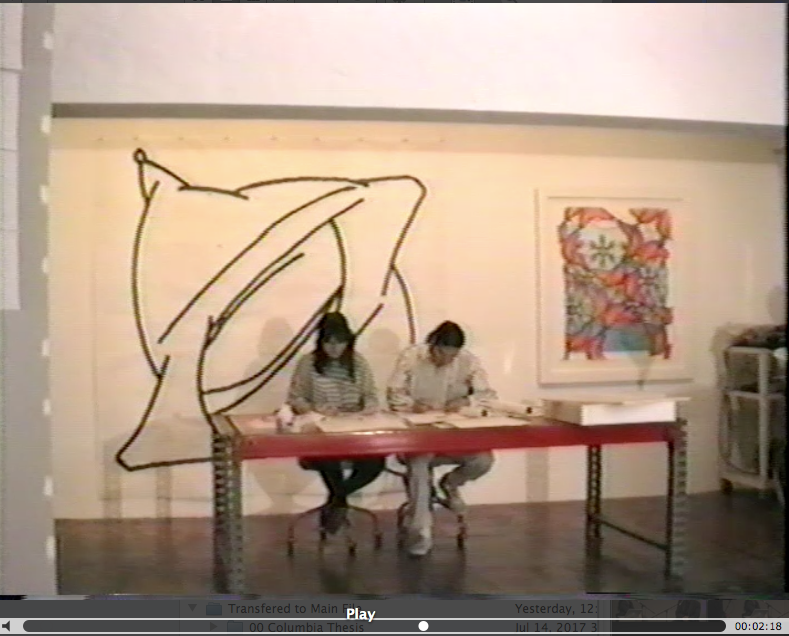
The Process and Methodology of Form Making & Visualization
Touchstone/Origins
Sometime in 1988 Eric Chan and Heather Schatz made a piece of sculpture out of injection molded plastic and various other materials. To the uninformed eye it has the look of a piece of studio trash — a piece of debris which looks more like something “without form and void” than like the origin of a universe. Chan and Schatz named this work Touchstone I (TS.0001, 1988 in their archival numbering system) and it became the point of departure for all of the later pieces in a work they sometimes refer to as “the family” or “the project.” The irregular complexity of Touchstone I combines organic form and stick figure geometry, a rough surface and unfinished composition, all kinds of unresolved complexities and uninten- tional irregularities. These provided the “accidents” from which Schatz/Chan were then able to derive a series of subsequent forms — each of which are simpler than the Touchstone, one small part of its seemingly infinite whole.
Touchstone is the zygote formed by Chan and Schatz’s creative intercourse and as such provides the single originary bit of genetic code from which the entire Chan/Schatz corpus is constructed. The Touchstone thus functions as a basis of Schatz/Chan’s replicating chemistry: it is their DNA and RNA strand of artistic information containing the time-release data of potential form. And Touchstone is also the mythic key to their private hieroglyphic universe, the central element of the Chan/Schatz system of production and meaning. — Johanna Drucker























